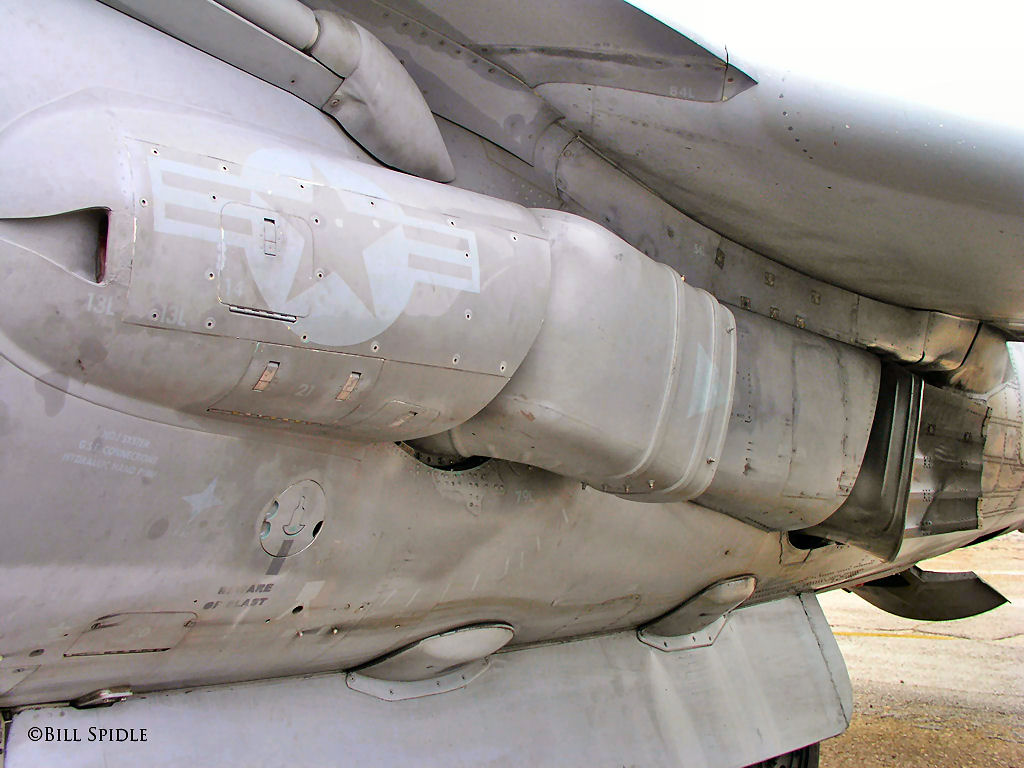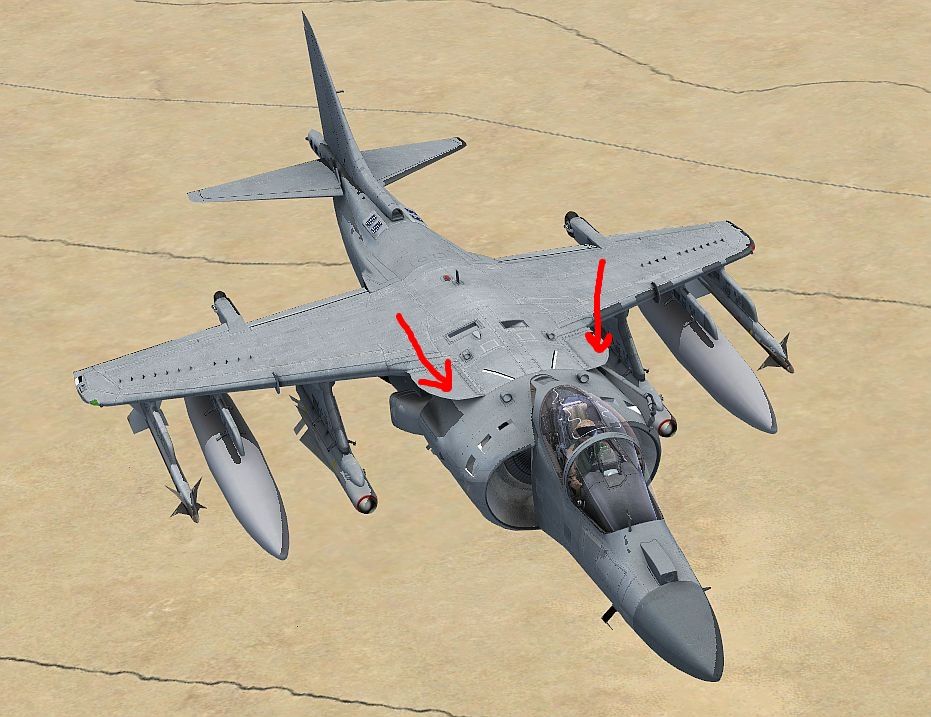Paulw
Well-known member
This week I got in some parts that I have needed for a long time in order to finish up some long standing builds. One of these is the canopy to the AV-8B Harrier II + which I got from Chef. I really want to finish this but there is one question I have. Does any one have any idea what the undersides of the chines on the Harrier look like? Any pics?
The kit has what looks like an unfinished surface and it needs another part but there isn't anything in the kit to make it with so I need to know.
I have exhausted my resources and I really cant locate any pic with good enough detain to get a good reference.
The kit has what looks like an unfinished surface and it needs another part but there isn't anything in the kit to make it with so I need to know.
I have exhausted my resources and I really cant locate any pic with good enough detain to get a good reference.




